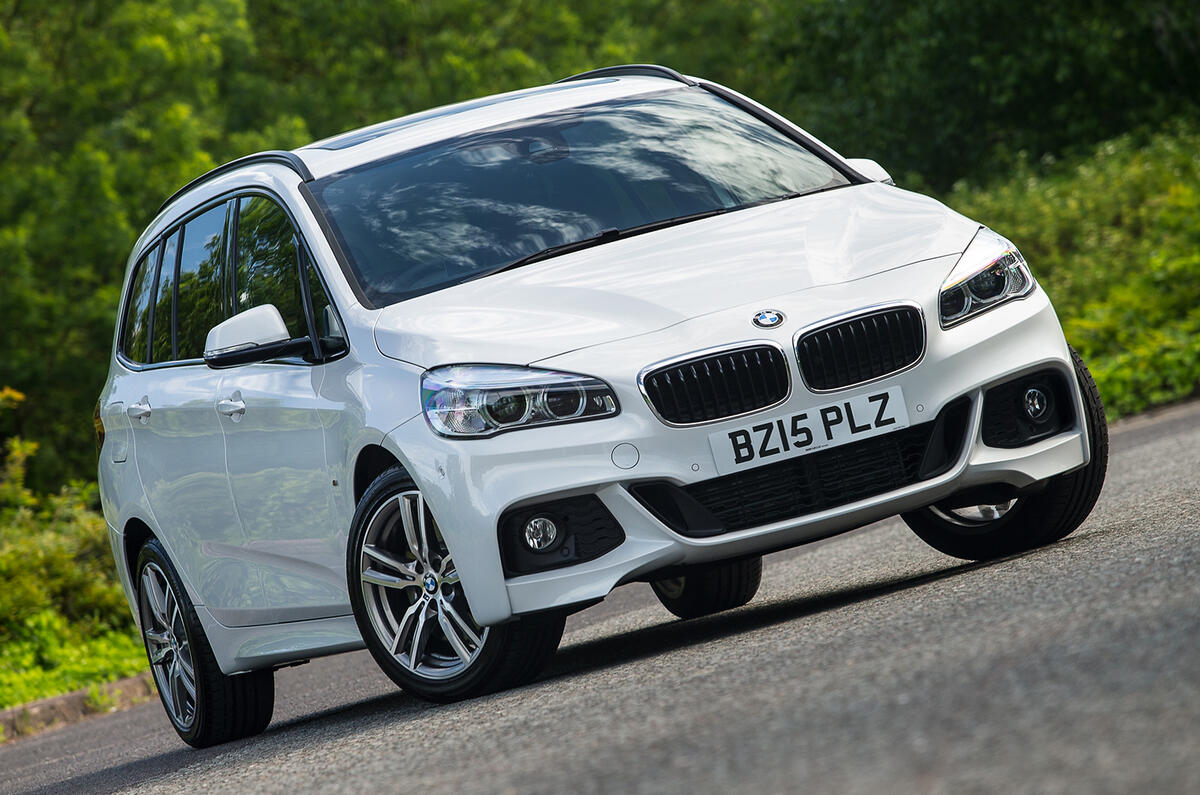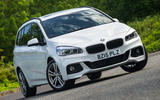Diehard BMW fans best find another sideboard to prop themselves against. Having only just got over the introduction of the front-wheel-drive, practicality-first 2 Series Active Tourer, here's the less driver-focused Gran Tourer version, which comes with seven seats as standard in the UK.
It gets the same front-drive layout and engines as the shorter, five-seat Active Tourer, which includes BMW’s three-cylinder 1.5-litre petrol and diesel engines in the shape of the 218i, including its hybrid option, and 216d respectively. There is also an 187bhp 2.0-litre petrol and a series of 2.0-litre four-cylinder diesel units which sits under the bonnet of the 218d and 220d. Our test car driven here is the range's most expensive offering, the 187bhp 2.0-litre diesel, which comes exclusively with BMW's eight-speed automatic gearbox and four-wheel drive.
BMW claims it's the only premium, four-wheel-drive, seven-seat compact MPV on sale and, depending what 'premium' means to you, it's right. However, if a badge isn't important to you, are classier versions of a larger MPV or a seven-seat 'proper' off-roader better value?
To cater for the wide spectrum who may want a seven-seater BMW-badged MPV, there is four trim levels to choose from each offering a decent level of equipment. The entry-level SE models include BMW's iDrive infotainment system, with a 6.5in screen, sat nav, DAB radio, and Bluetooth and USB interface. There is also dual-zone climate control, an automatic tailgate, rear parking sensors and automatic wipers and lights.
















